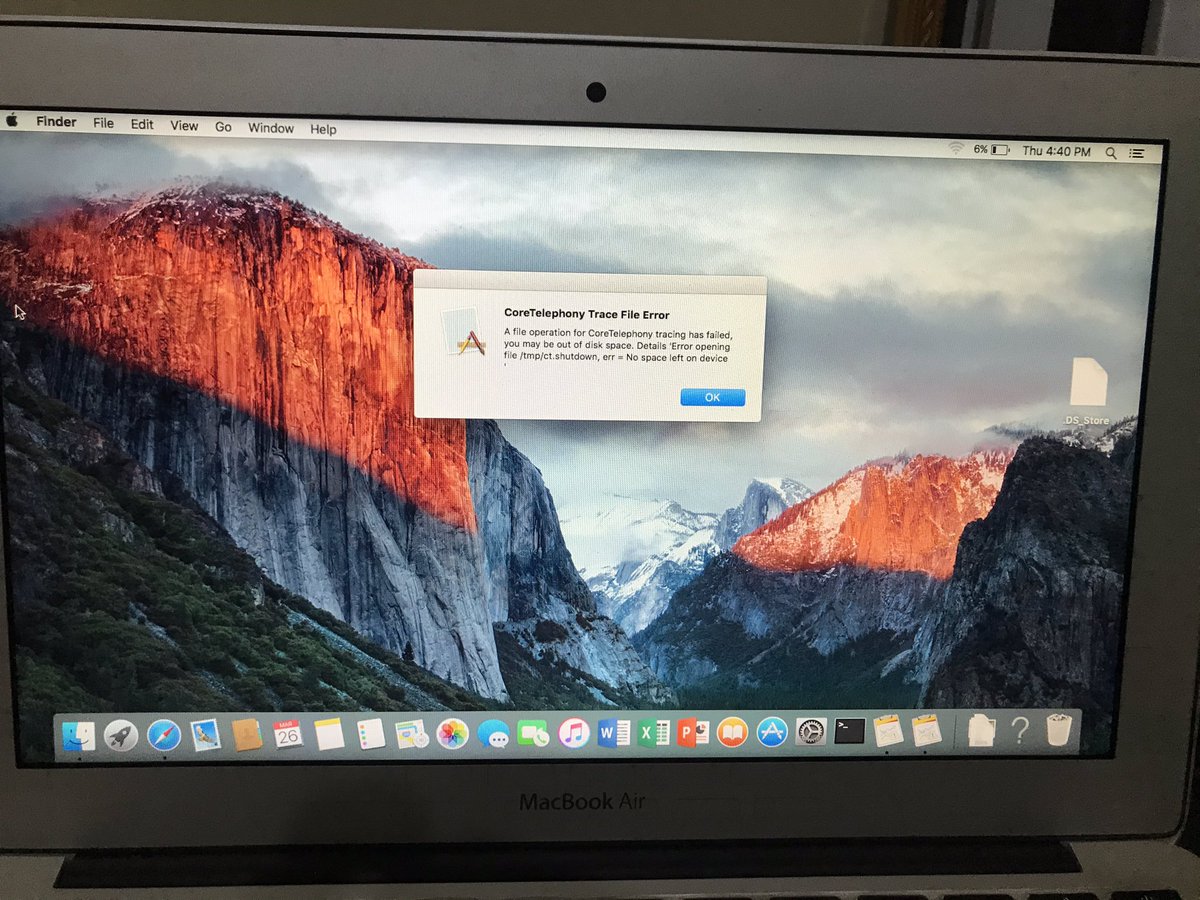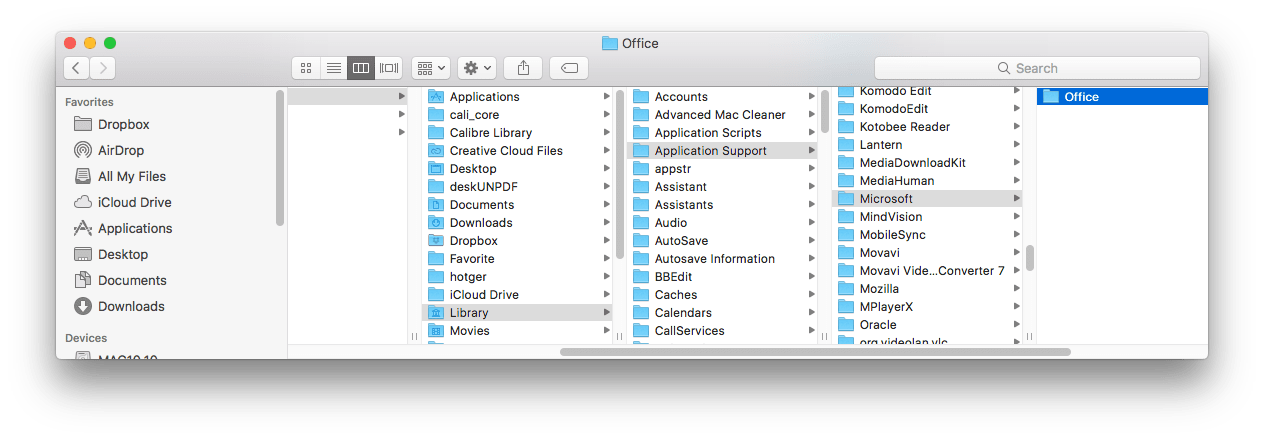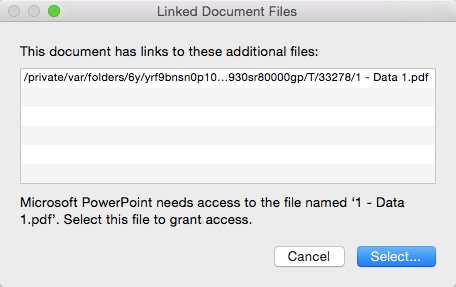

- #Microsoft office 2011 for mac temp files mac os x
- #Microsoft office 2011 for mac temp files install
- #Microsoft office 2011 for mac temp files update
- #Microsoft office 2011 for mac temp files software
#Microsoft office 2011 for mac temp files mac os x
When Apple updated to Mac OS X 10.7.x, they changed the way the authentication dialog box works when the console is locked by a user. So to recap, if you are installing MS Office 2013 from scratch, make sure you launch it before applying the latest 14.4.1 patch. I then applied the patch, and then it still worked fine. Launched MS Word, and it opened just fine. In an experiment, I did the install, and prevented 14.4.1 from going out. Turns out, that applying the 14.4.1 patch, causes this to happen. What we found that upon launching MS Word, we are prompted to enter the license key, when it should not be needed.
#Microsoft office 2011 for mac temp files install
We are using Munki, but there are others, Casper from Jamf, Filewave, etc… I was setting up a brand new computer, and Munki pushed out the Office install and all subsequent updates, a settings package which also deals with the licensing.
#Microsoft office 2011 for mac temp files software
We have a software management server deploying our software.

I found some other posts on the internet complaining about this issue. It turns out it causes some issues with the Volume license copy.
#Microsoft office 2011 for mac temp files update
Microsoft issued an the 14.4.1 update back in April. Today I came across an issue with the Macintosh version of Microsoft Office 2011. We will further test to be sure, but so far it’s looking quite promising. Launch iTunes and voilà, the Sidebar should show up. Copy the new file back into the appropriate folder: ~/Library/Preferences/. usr/bin/plutil -convert binary1 /private/tmp/ĥ. Convert the new file to binary plist file with plutil. bin/cat /private/tmp/ | /usr/bin/sed s/MgAAAAAAAAAAAAAAAAAAAAAAAAAAAAAAAAAAAAAAAAAAAAAAAA/MgBAAAAAAAAAAAAAAAAAAAAAAAAAAAAAAAAAAAAAAAAAAAAAAA/ > /private/tmp/Ĥ. To: MgBAAAAAAAAAAAAAAAAAAAAAAAAAAAAAAAAAAAAAAAAAAAAAAA Search and replace with sed (or other method of your choosing) the following textįrom: MgAAAAAAAAAAAAAAAAAAAAAAAAAAAAAAAAAAAAAAAAAAAAAAAA usr/bin/plutil -convert xml1 /private/tmp/ģ. Use plutil to convert the to an xml file from it’s original binary file format. I will probably put it in /private/tmp/Ģ. Copy ~/Library/Preferences/ somewhere else to work in it. So, here’s the process to change the setting. Shaun finally figured out which preference file was being modified and more specifically what data needed to be modified.

We need to set the Sidebar in iTunes to always show on our SINC Site Macintosh computers, and we need to accomplish this through the command line since we have to script this. Yesterday, with the help of Shaun Kepert, we solved a nagging iTunes issue.

So, today I was looking through a dashboard which contains the results of reports from our managed Macintosh computers, and I came across a lab computer with 86% of it’s drive filled.Ĭurious, I went in and started to investigate the issue.


 0 kommentar(er)
0 kommentar(er)
